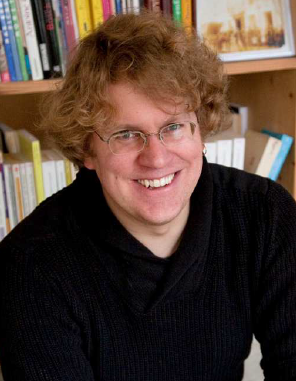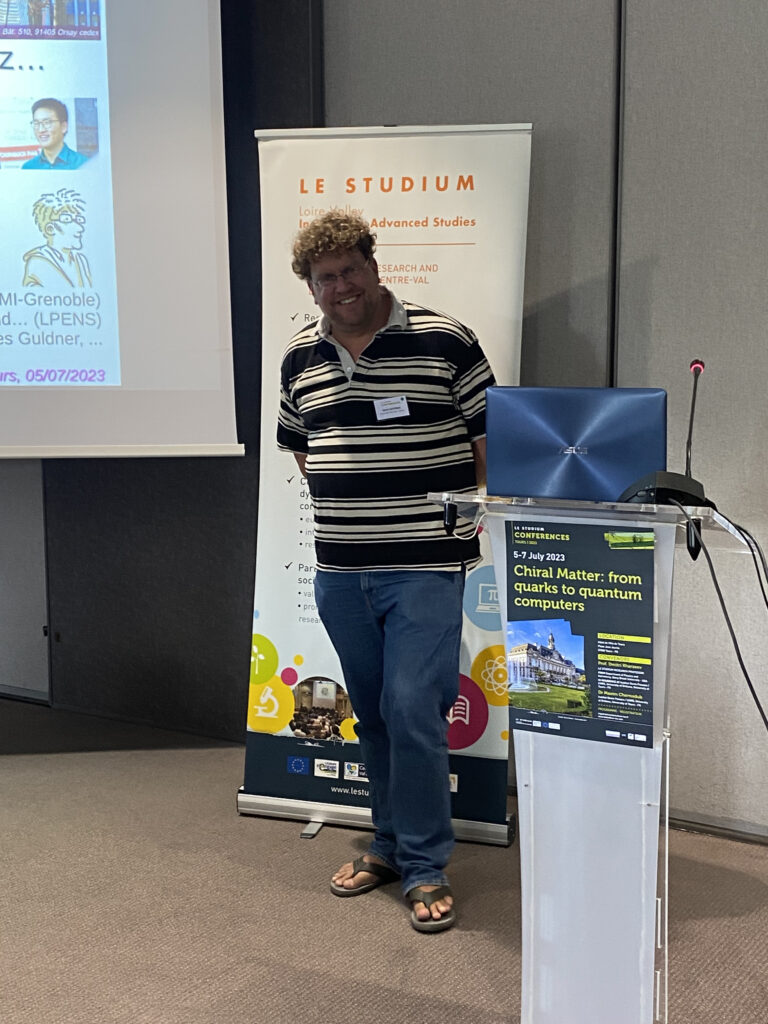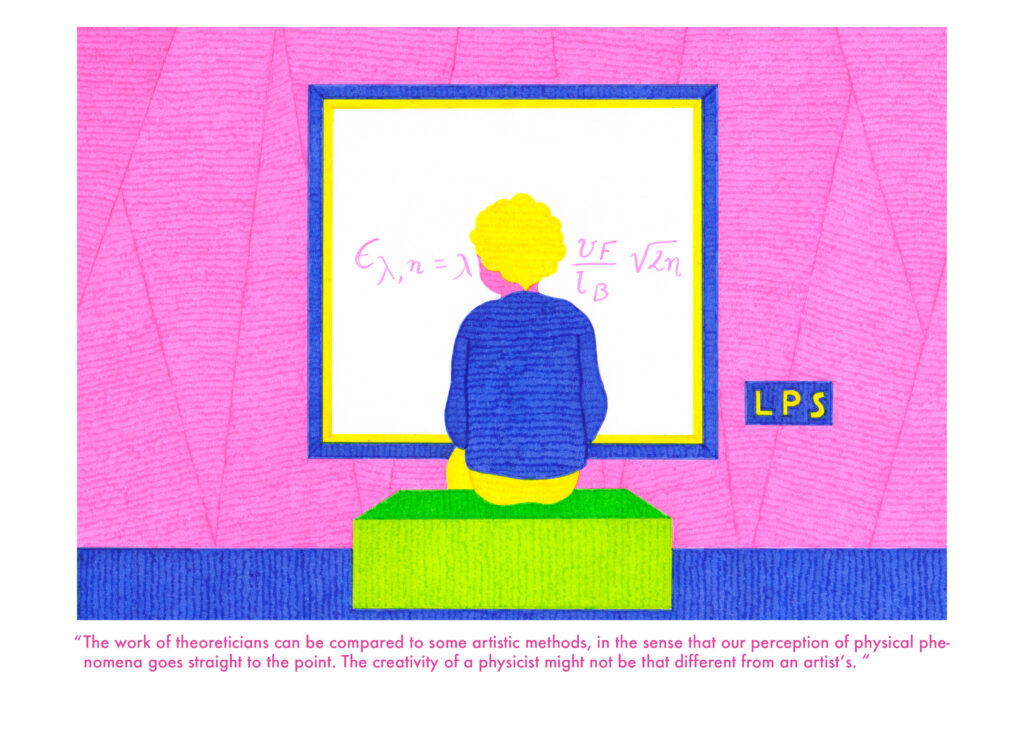
The Solid State Physics Laboratory is in mourning. It has just lost one of its leading members. Mark-Oliver Goerbig, a researcher in the Theory group, passed away suddenly on Tuesday, September 2, at the age of 50. This is a huge shock for our community. His death marks the loss of one of the best scientists of his generation and a warm and charismatic personality.
Mark was born in Hamburg. After completing his schooling in Germany, he moved to Paris to pursue his master’s degree. He joined the LPS in 2001 to work with P. Lederer on quantum Hall effects, a thesis co-supervised with Cristiane Morais Smith, professor at Fribourg University. He joined the CNRS in 2005 and became a research director in 2015. Since 2012, he had been a lecturer at the École Polytechnique.

Mark held a number of high-level positions. These included teaching on two master’s programs and at the École Polytechnique, his role at the École Doctorale de Physique en Île-de-France, the management and structuring of the GDR Physique Mésocopique, and the management of sessions at the Cargèse and Les Houches schools. He led the LPS Theory group and was an influential and recognized member of the laboratory council. Due to his reputation as a teacher and his knowledge, Mark was sought after by many students wishing to start an internship, thesis, or post-doc under his supervision.
He was involved in several international research programs and had established numerous scientific collaborations at the laboratory level and more broadly in France and abroad, which led him to attract a significant number of visitors.
His scientific reputation in condensed matter theory was based on his expertise in the physics of graphene and its derivatives, such as transition metal dichalcogenides and, more broadly, the electronic properties of Weyl or Dirac semimetals, particularly under intense magnetic fields. This naturally led him to take an interest in the topological properties of materials, whether from the perspective of Berry phases for the electronic part or magnetic textures (skyrmions) for the spin part. He attached great importance to linking theory and experiment, so much so that the co-authors of his articles regularly came from both communities.

Everyone who interacted with Mark was struck by his vast scientific knowledge, the clarity of his judgment, his unparalleled scientific intuition, his remarkable mathematical ease, his inexhaustible capacity for work, his gift for popularization, and his keen interest in experimental results. Added to this were the human qualities that made him a remarkable leader of the scientific teams with which he worked. Very generous with his ideas and physical insights, Mark loved to mentor and stimulate young researchers… and those who were not so young.
A few years ago, Mark took part in a project to share his experiences as a theoretical researcher. Here are some of his illustrated accounts, which you can find in full here.
Mark was an accomplished musician, associated with several orchestras, both on the Orsay campus (notably at the LPS) and with his family, where he played the violin and viola. He loved nothing more than discovering new pieces of music and even new composers. Mark was a connoisseur of the culinary arts and oenology and loved to share his knowledge with his colleagues and friends.
His arrival in the corridor where his office was located did not go unnoticed: it was preceded by his characteristic booming laugh. Everyone remembers the lively discussions with Mark, whom we will miss greatly.
It is possible to give a testimony in tribute to Mark on this page
